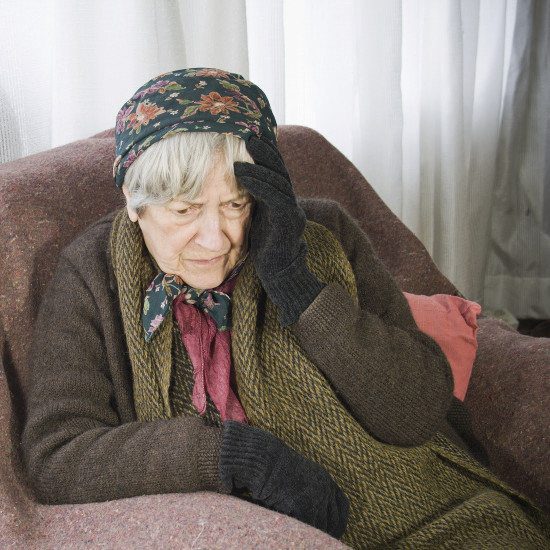A major challenge for society in the near future will be meeting the needs of an aging population, set to rise by 23% from 2010 to 2018, with the 65+ population expected to reach 16.9 million by 2035. The combined pressures of this demographic change, reduced health and social care budgets and the desire of individuals to lead independent lives for longer will drive the need for more personalised health programmes based on home-centric care and IoT will have a big part to play in this movement says Mark Lee, Chief Commercial Officer at Intamac, an IoT enabler and innovator, with over a decade of experience in the IoT sector.
Mark continues:
“This is exemplified in the tragedy of preventable deaths of elderly people at home every winter due to cold homes. In the UK alone, the death of up-to 30,000 people each year has been attributed to cold homes, with those over the age of 75 accounting for the majority of these deaths. While energy efficiency programmes such as Green Deal and Energy Company Obligations aim to help, many elderly people living in fuel poverty and those living on their own are often missed by these schemes. Many of these deaths, and other health related issues, could be prevented by simply installing an IoT connected sensor in the homes of vulnerable and elderly people.”
IoT technology can securely collect, analyse and automate appropriate responses and actions to real-time data drawn from sensors and other devices within homes or other properties. The technology can identify and send alerts on acute emergencies requiring urgent intervention as well as identifying, tracking and monitoring trends and patterns over time that may be indicative of health or other problems. This information can be accessed securely and remotely, by people such as family members, emergency services or healthcare professionals.
This concept has already been successfully piloted in a trial involving Humberside Fire and Rescue, KC, Intamac and Sprue Aegis (Fireangel), the leading safety sensor manufacturer. The pilot ran through the coldest period of the 2014/2015 winter, ensured the safety and wellbeing of a group of elderly and vulnerable householders by measuring the air temperature and other key indicators within their homes. This information was shared with emergency services and healthcare providers, who could intervene in the event of an emergency, such as the temperature falling below a safe threshold. Analysis of the pilot event records has shown there is strong evidence to suggest, for at least two elderly people, the system averted a potentially life threatening situation where their home was dangerously cold.
This is one of many examples where intelligent IoT solutions can be integrated with people based services to deliver improved outcomes at a greatly reduced cost. Intamac’s IoT technology is supporting similar solutions for security, energy and home automation applications.
In Intamac’s experience, often the biggest demand for this technology comes from concerned family members, who are increasingly living far away from their elderly relatives. Mark comments the applications of IoT in this sector offer a great reassurance to these people.
“Remote diagnostics and monitoring offer a discreet way for those with vulnerable family members to have peace of mind. Our intelligent technology is non-intrusive, but offers a way to identify changes in normal domestic behaviour that might suggest a problem.
“For example just monitoring when hot water is used in the home will generate a behaviour profile. Any variation to this behaviour can then be identified and an alert triggered to check everything is ok.”
By Mark Lee, CCO of Intamac
About Intamac (www.intamac.com)
 Intamac Systems Ltd is an innovative Internet of Things (IoT) enabler and innovator. The company enable original equipment manufacturers (OEMs) and product vendors to connect their products, devices and appliances to the internet.
Intamac Systems Ltd is an innovative Internet of Things (IoT) enabler and innovator. The company enable original equipment manufacturers (OEMs) and product vendors to connect their products, devices and appliances to the internet.
The company works with service providers to deliver an enriched experience to their customers. Intamac’s pioneering end-to-end modular turnkey IoT solution is unique, and it was one of the first companies to introduce connected devices. Intamac has been working with blue chip organisations for over 13 years and has successfully launched 15 commercial deployments, connected over 500,000 things, with over 3.5bn connected device hours.
The opinions expressed in this post belongs to the individual contributors and do not necessarily reflect the views of Information Security Buzz.



